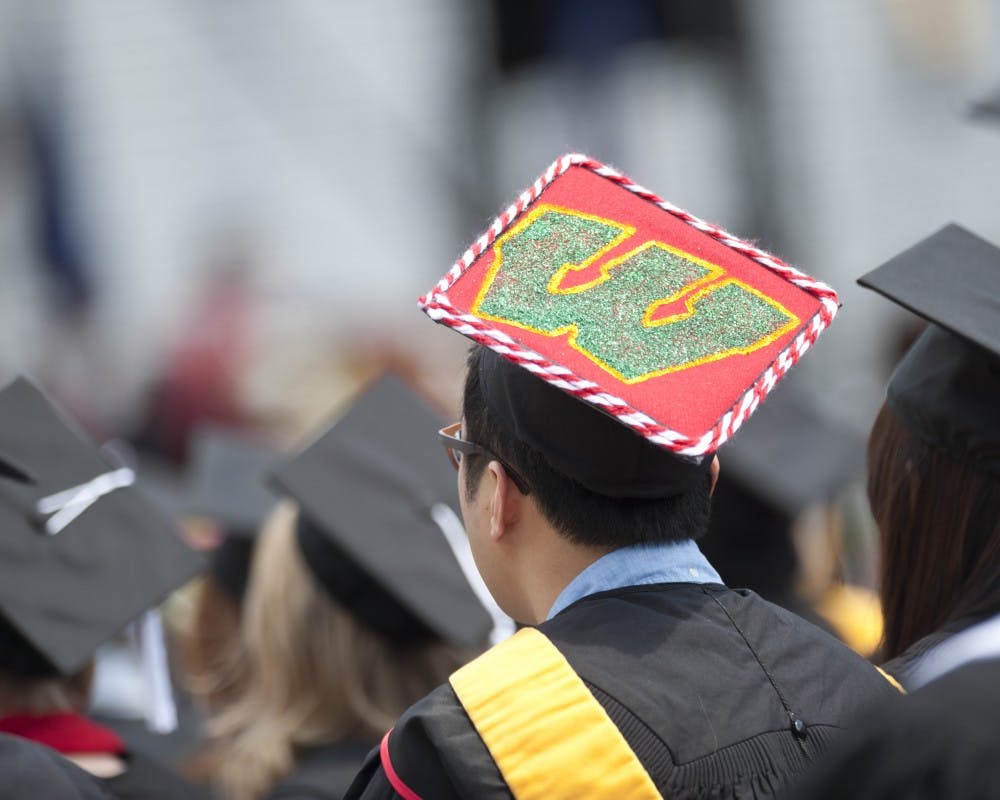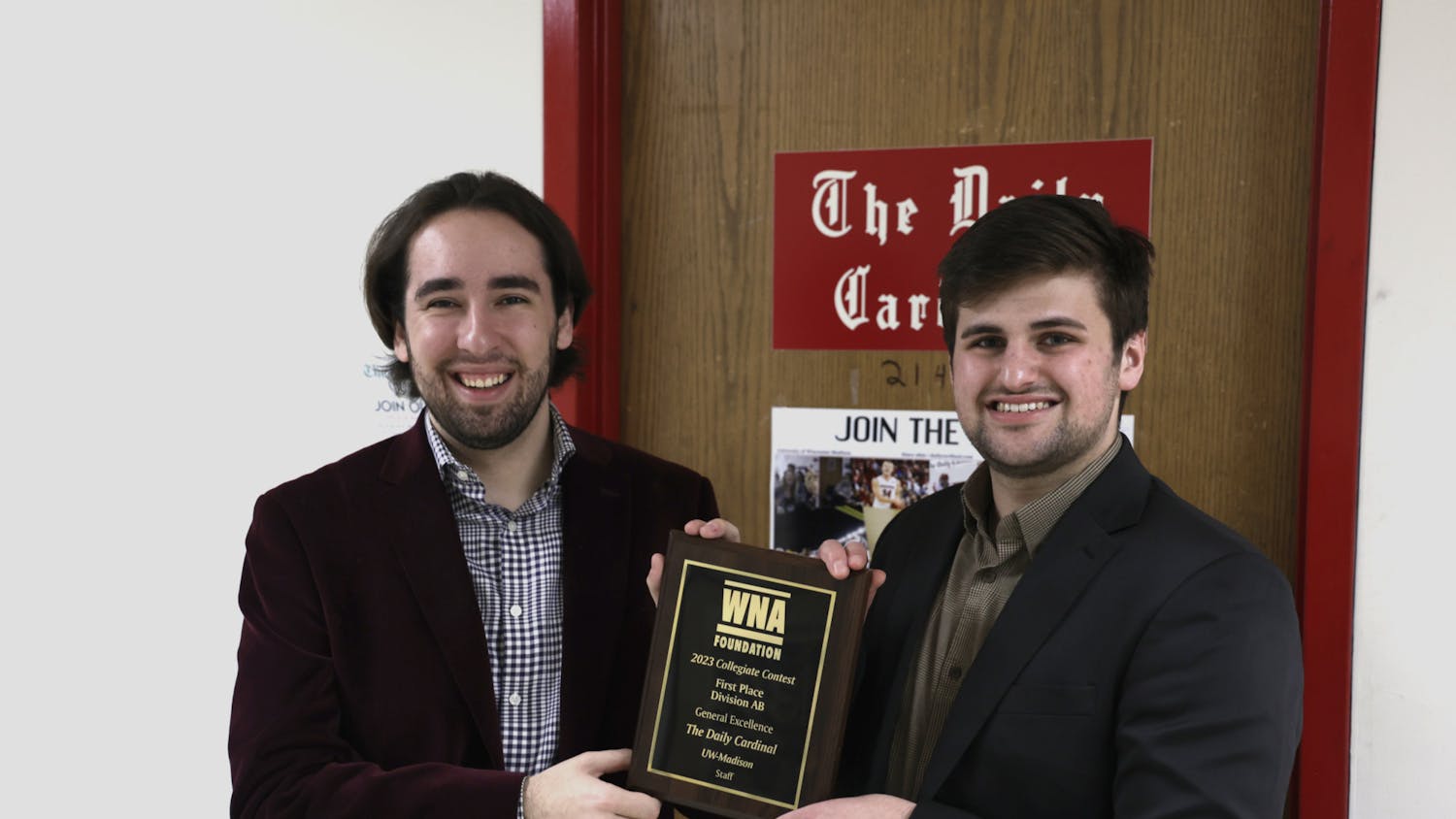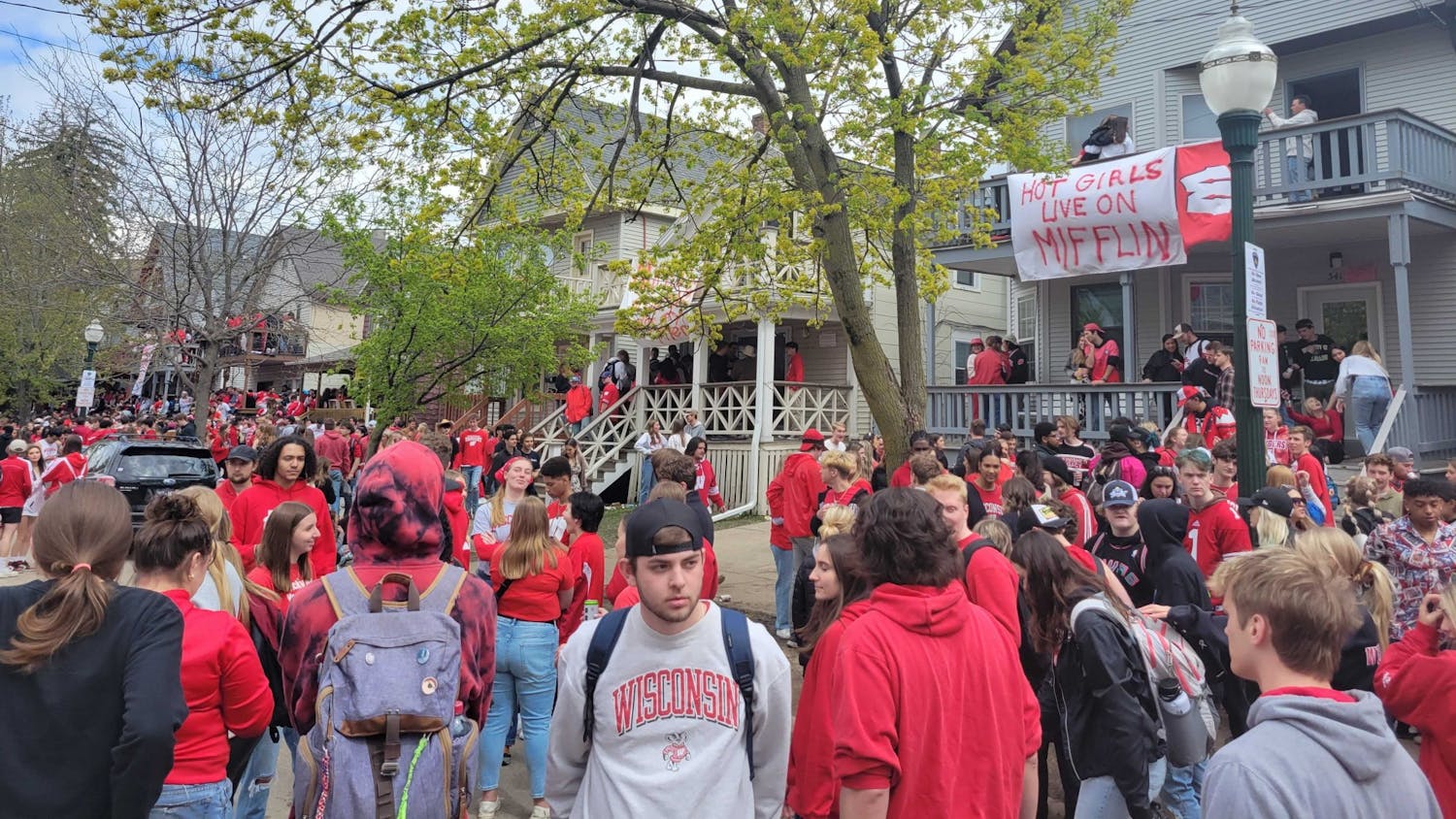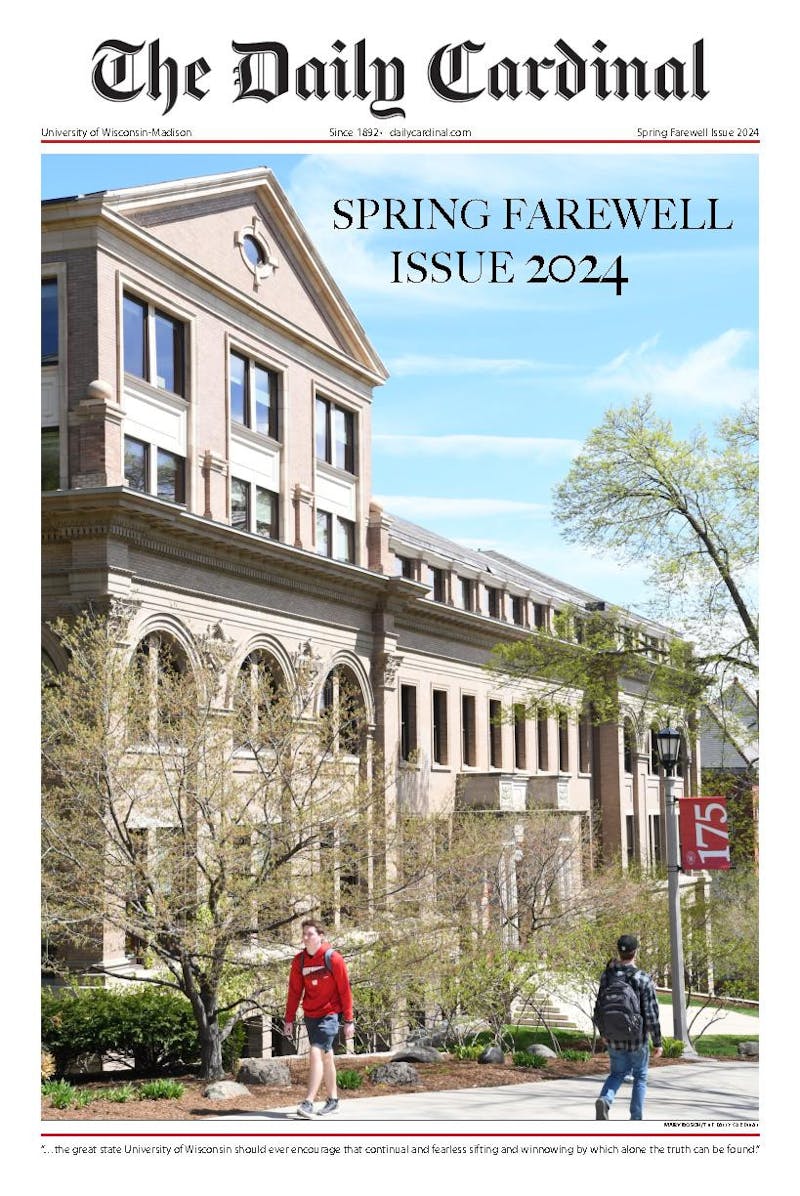For:
One of the most prolific, yet highly controversial, agenda items from Sen. Bernie Sanders’, I-Vt, campaign is the establishment of free tuition for public colleges. Many people call it the most radical policy change ever suggested in the recent presidential campaigns, but it is not as radical as people assume it to be. Our society is already somewhat radical for it to allow the fact that students taking on massive loans and debts for college tuitions it is an acceptable norm.
Capitalism, like any other economic policy, can be despicable and radical. Shouldn’t there be access to success for individuals who aspire to achieve in society? I think one way to yield a personal aspiration is through affordable college education. Education is one of the most potentially effective tools for personal enhancements and its cost should be affordable to the general public.
I will be writing to support free-tuition, or, at least, affordable tuition rate policies in public colleges. I will refer to the official Bernie Sanders’ campaign page, where he states, “Stop the federal government from making a profit on student loans. Substantially cut student loan interest rates. Allow students to use need-based financial aid and work study programs to make college debt free.”
I won’t be able to cover all the major points from his currently proposed agenda, but I will talk about the student debt and interest rates.
According to the Pew Research Center report from Oct. 7, 2014, the cost of college tuition is becoming overwhelming and leads to more borrowing with likely higher interest rates—therefore, more debts than before. Compare 1990-’91, where the annual student borrowing was about $24 billion, to around 2012-’13, where the annual rate surfaced around $110 billion, indicating the annual student loan issuance is up around 352 percent since the 1990s. The increasing trend for college loan rates was observed universally among all the income levels. The low-income class saw growth from 67 percent in 1992-’93 to 77 percent in 2011-’12, the lower-middle class from 45 percent to 70 percent, the upper-middle class from 34 percent to 62 percent and the upper class from 24 percent to 50 percent.
So why did the loan borrowing rates increase so much? Based on the same report, due to the Great Recession destroying the household wealth by 39 percent, increased availability for federal loans and increased private banks supplying higher-interest loans to students with low credit experiences. The increased trend for borrowing in general since the financial crisis all contributed to the rise of borrowing rates for college educations. But the problem doesn’t end there, as loans are followed by the interests to increase the burden on the tired shoulders of college students and graduates.
The Bernie Sanders’ campaign page says: “It makes no sense that you can get an auto loan today with an interest rate of 2.5 percent, but millions of college graduates are forced to pay interest rates of 5-7 percent or more for decades.” It is true that the college loan interest rates are costly. According to the Federal Student Aid website, interest rates for the direct subsidized loans for undergraduates disbursed after July 2016 is 4.29 percent and same for the direct unsubsidized loans. For the private banking loans, the interest rates could be higher.
Since as we all know, the federal government aids are not available to everyone, so many students are forced to seek private loans, causing the interest rates to skyrocket. So, yes, interest rates for the tuition loans are pretty overwhelming, with the inflations on tuition rates and increased borrowing rates among students. This is not a small issue to ignore.
I support Bernie Sanders for the fact that he is the most active candidate to seem genuinely committed to addressing the currently difficult college tuition systems that students and future workers face. Democracy, emancipation, civil rights movements, women’s rights and recovery from the Great Depression—what we all once thought to be impossible and radical has established a foothold today. Then why could the same reality not be true for free college? Why give up the chance just because it seems radical? Why do I support the relatively radical idea? Because it at least makes a serious attempt to address and solve the issue of student debt.
Wouldn’t there be a greater chance for a real change by attempting the solution than there would be with not trying the plan, just because it seems unachievable?
Without trying, there comes no change. Without change, there comes no growth. We all know that changes do not occur without trials and attempts. Why should we let the fear of failure overrule our chance for a change? It is a legitimate concern to worry about how to carry out this seemingly radical idea, but should we let this be a permanent deterrent to our attempt for a positive future? Let’s think of logistics for the optimal tomorrow, but let’s not just sit around instead of standing up with a voice for change.
Hae Rin is a sophomore majoring in history. Do you think college should be free? Do you agree more with Charlie? Let us know what you think. Please send all comments, questions and concerns to opinion@dailycardinal.com.
Against:
The United States of America’s higher education system is in dire need of reform. It used to be that a college student could work a job or maybe a job and a half over the summer and be able to pay their semester tuition. This idea no longer exists because college costs have greatly outpaced the rate of inflation in this country. In the past 35 years, college tuition has increased by four times and shows no chance of slowing down. To fix this system, Democrats have offered to make college “free” by increasing the federal government’s role in funding higher education. Not only would this end up being incredibly costly it would also only exacerbate the problem. To truly update our higher education system our policymakers must reduce the role of the federal government in inflating college costs and hold universities accountable to their students.
No other commodity has increased in price like college tuition has in the past 40 years. Interestingly enough, this increase in cost has been accompanied by an ever-increasing amount of public subsidies. In our current system students are encouraged to borrow whatever is necessary to get a college degree.
Universities know that students will pay whatever they have to to get this degree and can raise tuition without any negative consequences for themselves. The increases in tuition, unfortunately, have not made a college degree that much more valuable. Instead, these increases have lead to an increase in more outlandish university buildings and more administrators.
This idea is known as the Bennett Hypothesis, which is named after Ronald Reagan’s Education Secretary, who noticed that more federal subsidies only increased the cost of higher education. More federal involvement and federal spending will not be the solution to fixing our broken system and have only seemed to make the problem worse.
Sen. Bernie Sanders’, I-Vt, has promised to make tuition at public colleges “free,” but it doesn’t take an economics degree to realize that nothing in life is actually free. Making college “free” would only shift the cost of college from the individual to the collective taxpayers. In doing so, Sen. Sanders’s plan offers no way of actually slowing down the cost and more federal subsidies will only lead to a higher cost of tuition.
Sen. Sanders’ idea of “free” college makes for a good talking point but in reality the plan is not only incredibly expensive but also does nothing to fix the system. Instead, his plan would only shift the cost to the American people and does little to incentivize the universities to ensure that they are keeping the overall cost of a college degree.
Reforming the actual cost of a degree is only the first step in fixing the system, and something must be done for those who have already graduated. Currently, the average college graduate owes $30,000 in student loans, and the collective total of outstanding student loan debt has passed $1 trillion. An idea that has been supported by both Republicans and Democrats would be an income-based repayment system. This would ensure that the borrower would still be able to pay off their loan without it taking up too much of their personal expenses. Student loan payments can and do take up a significant portion of many recent college graduates expenses. Students are foregoing buying cars, homes or other expenditures because their loan payments take up so much of their budget. Shifting to an income-based repayment plan would lessen the burden on recent graduates and would help stimulate the economy as well.
Higher education reform is much-needed in this country. The federal government has essentially created a student loan bubble by increasing federal subsidies which has led universities to raise their prices year after year. This is the root cause of out-of-control higher education costs.
College costs have outpaced nearly every other commodity in the past 40 years, and something needs to be done. Increasing federal subsidies will not keep costs lower and will only continue to encourage universities to raise their prices. Attempting to make college “free” will not fix this problem but instead will only increase the actual cost. Students graduating with high amounts of college debt are holding back our economy and reform is needed to unleash the potential of these individuals.
Charlie is a senior majoring in journalism and economics. Do you think students should still have to pay for their college? Do you think college is overpriced? Do you agree more with Hae Rin? Let us know what you think. Please send all comments, questions and concerns to opinion@dailycardinal.com.






